There are no talks during this period
To add a speaker, send an email to dn2ep@Virginia.EDU Include the seminar type (e.g. Colloquia), date, name of the speaker, title of talk, and an abstract (if available). [Please send a copy of the email to phys-speakers@Virginia.EDU.]
 Physics at Virginia
Physics at Virginia